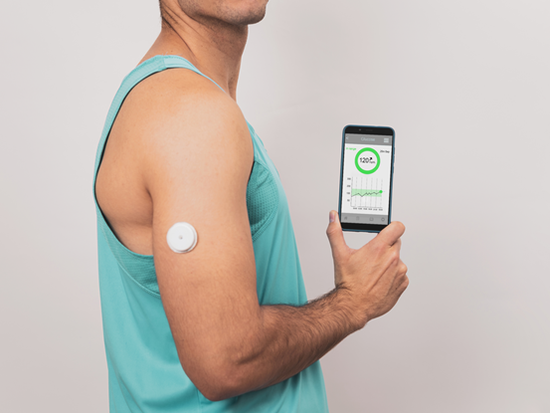More than 7 million Americans have diabetes severe enough to require daily insulin injections and frequent finger-pricks to check their blood glucose levels. Maintaining those glucose levels in the proper range is maddeningly personal.
When Steve Wood, a photographer at the University of Alabama at Birmingham, was diagnosed with Type 1 diabetes last year, he visited the UAB Multidisciplinary Comprehensive Diabetes Clinic to create a care plan. He left with a small patch on his upper arm that sent instant updates on his blood sugar levels to his phone. It was a continuous glucose monitor.
“Continuous glucose monitoring has really transformed the way we manage patients,” said Fernando Ovalle, M.D., director of the UAB Division of Endocrinology, Diabetes and Metabolism and associate director of the Comprehensive Diabetes Center in the Marnix E. Heersink School of Medicine. “It makes everything more clear and less frustrating. It also tracks information that is important and helpful for the patient and their care providers.”
But what are continuous glucose monitors, and how do they improve diabetes care?

